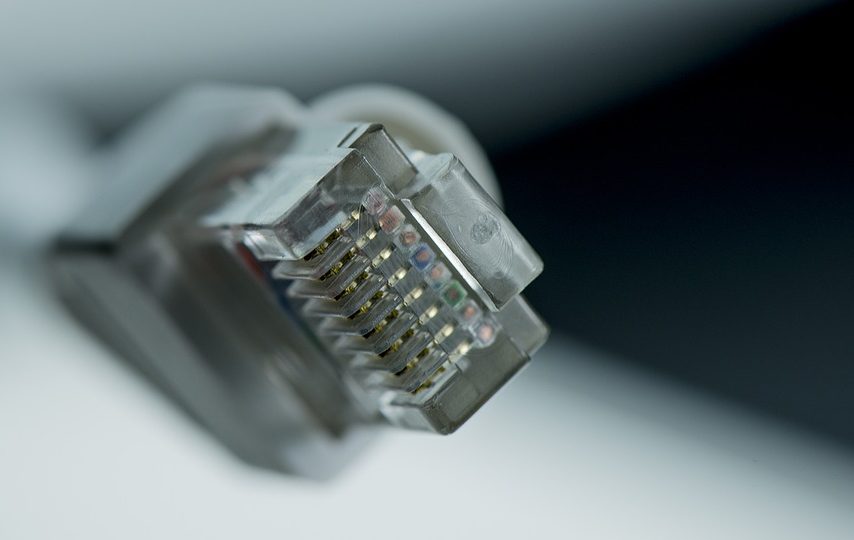There are three basic devices used in almost every network: switch, router, and firewall. They can be integrated into a device for small networks, such as home networks, but this is not the case with large networks.
For any network/system, none of the three devices can be released. Find out how they work and how they build your network in this article.
Firewalls, Switches, and routers are essential components required to run and protect your network. Although these components are often confused because of their similar appearance (metal enclosures with physical connectors and LED status indicators), each has a specific function. The following explains the distinctive features and capabilities of each network device.
Switch:
The switches are intelligent, high-performance hubs. When data is sent back and forth across the switch, MAC addresses (unique network hardware identification number) recorded for each sender and recipient. The switch acquires which device is connected to which port.
When a switch receives data on a port, it uses its address records to identify the source of the traffic and the device to which it is to be forwarded. This ensures that information is only transmitted to the affected computers and not to every device on the network. This is a necessary efficiency for large networks where the bandwidth is precarious and improves LAN security.
Router:
Routers are used to route data/info among different networks, While switches and hubs transmit data within a single interface. These devices located on bridges where two networks are connected. For example, a router can connect your home network to your Internet Service Provider (ISP) network. Routers are much smarter than switches as well as hubs.
A usual router provides at least the following services:
- Multiple Ethernet ports
- A NAT or network address translator that translates the individual IP addresses of all devices on your internal network into one publicly available IP address. This unique IP address is then used to connect to a more extensive Internet. When response data packets arrive, NAT translates the publicly accessible IP address into the specific internal IP of the device.
- Dynamic Host Configuration Protocol (DHCP) assigns devices on your internal network with a unique IP address. This unique address lets your device to connect to the Internet. IP addresses are only allocated for limited periods, after which they are renewed or reassigned.
- DNS changes all domain names into IP addresses, so your router knows where to route outgoing traffic.
Switch vs. Router:
Why compare switches with routers? Because Layer 3 switches are routable. You may ask why you are not merely using an L3 switch, so you do not need a router at all. Each device has its own functions and the choice depends on many factors.
On the one hand, for example, for a small network of 10 to 100 users, an L3 switch is an exaggeration in terms of cost or functionality. A suitable router can do the job at a fair cost. On the other hand, you can use switch modules in routers to work as L3 switches as needed. The device to be used should, therefore, consider scalability, resilience, software features, hardware performance, and so on.
Also Read: Firewall vs Router
Firewall:
Not like routers and switches, firewalls are network security devices. While routers (without firewall capabilities) instinctively transmit traffic in the middle of two separate networks, firewalls monitor traffic and prevent unauthorized external traffic from entering your network.
A next-generation firewall provides intensely improved security with detailed packet inspection, interruption prevention, TLS / SSL encrypted traffic inspection, site filtering, QoS / data quality management. Bandwidth, antivirus inspection, and integration of third-party identity management.
A firewall acts as an access controller for your valuable computer network.
Switch, Router, and Firewall: How are they Connected?
Usually, the router is the first thing you have in your local network. A network firewall is located between the internal network and the router so that all incoming and outgoing data flows can be filtered. Then the switch follows. Because many ISPs now offer fiber optic (FiOS) services, you need a modem in front of the network firewall to convert the digital signal into electrical signals. That can be transmitted over Ethernet cables. The typical configuration would be an Internet modem firewall switch. Then, the switch connects to other network devices.
Summary
The three components are indispensable in a network. Small networks can have an integrated device, while large networks such as corporate networks and data centers have these three capabilities:
To provide multiple, Complex and Highly secure communications.







